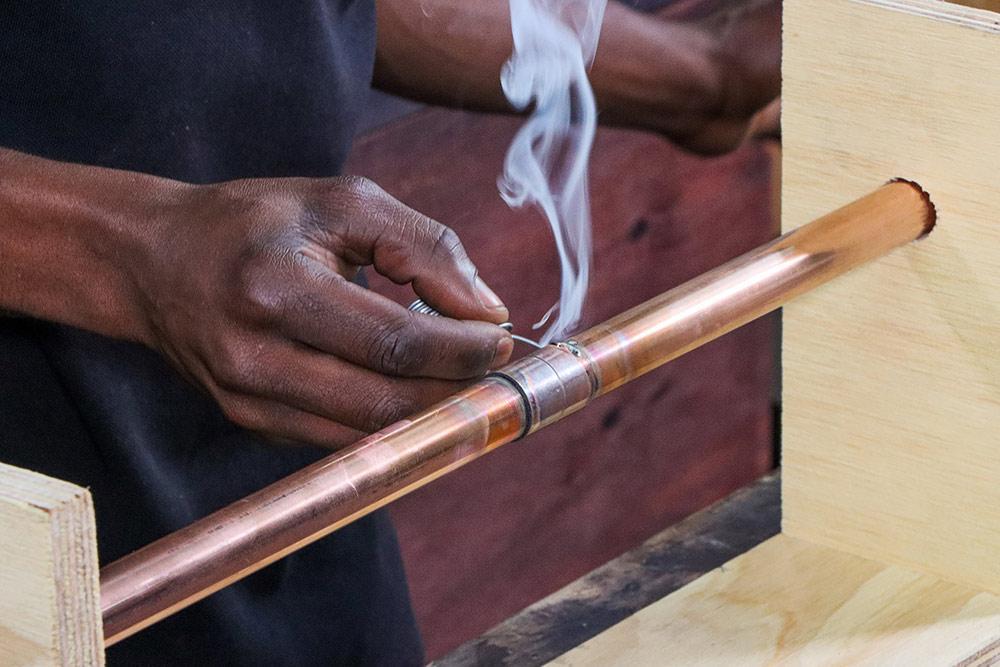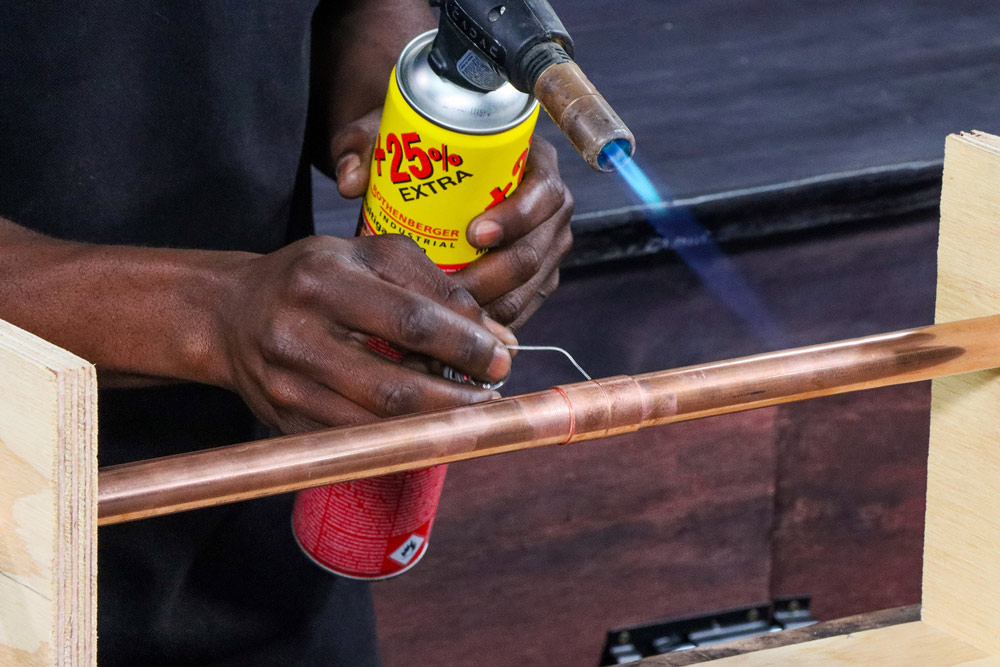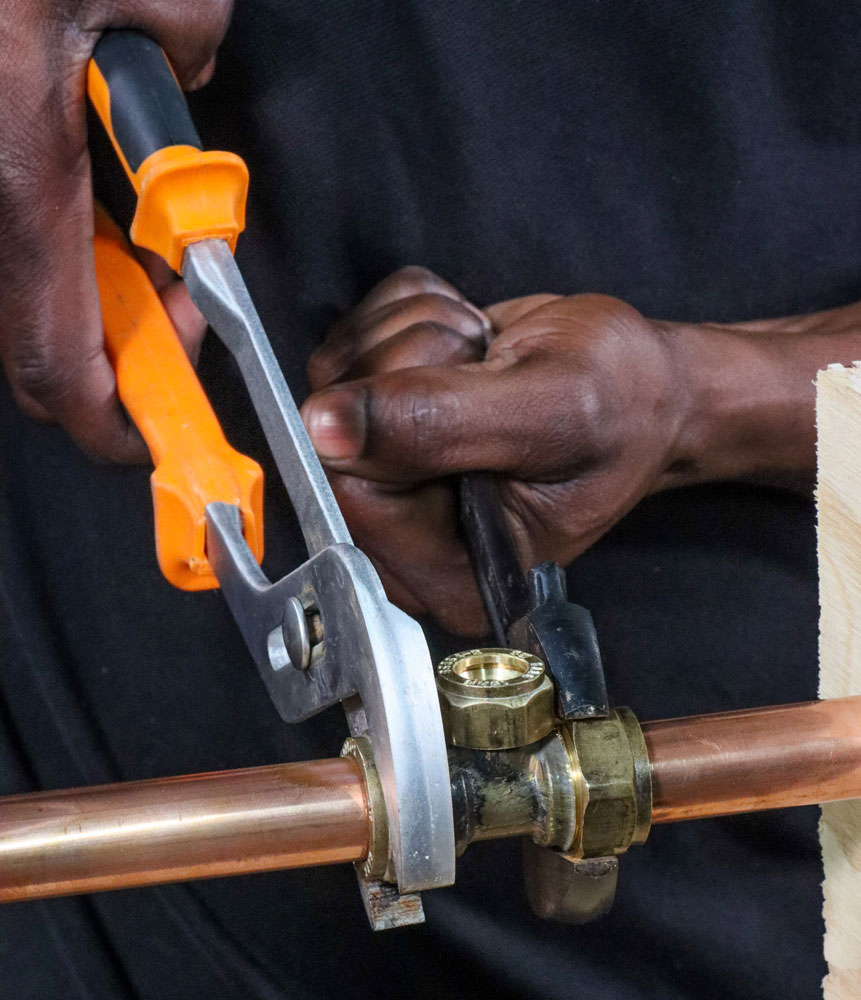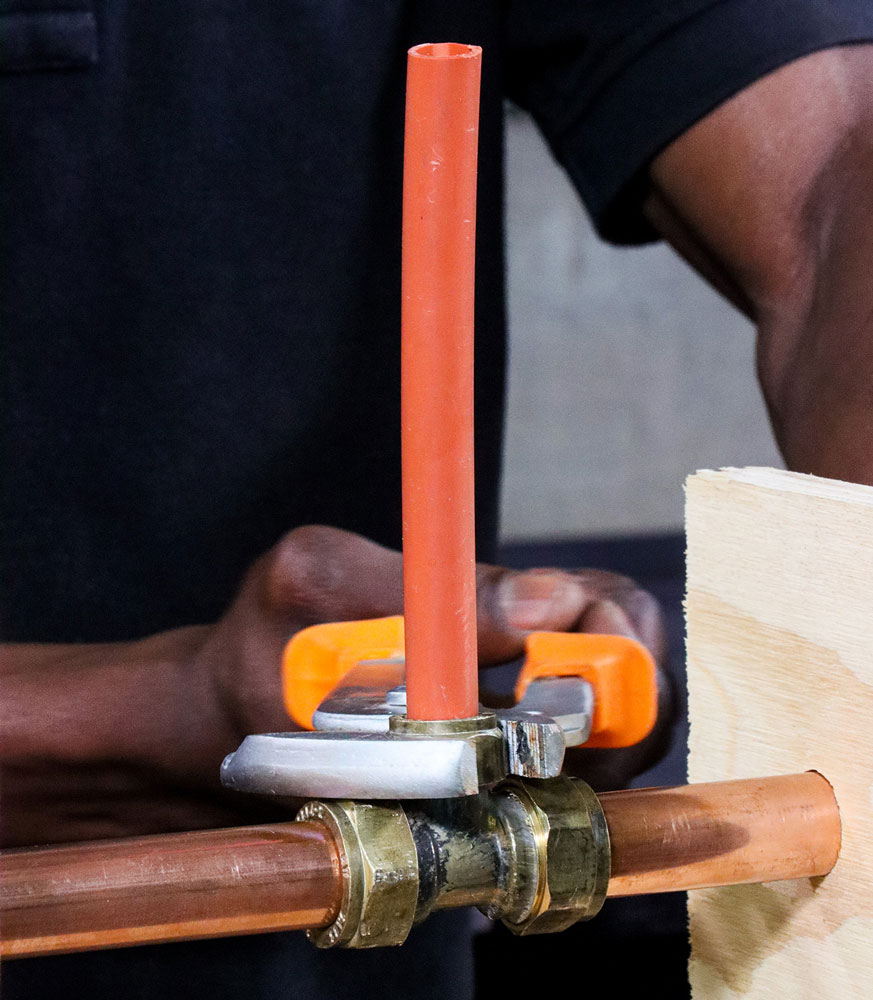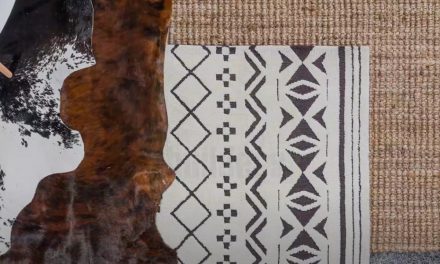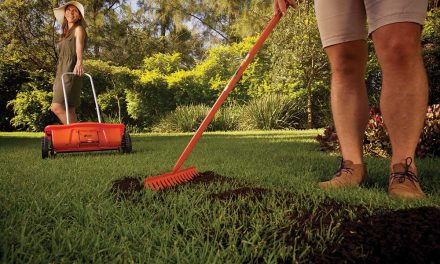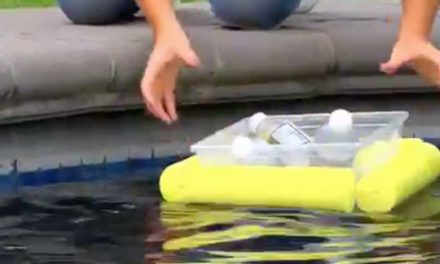With a little know-how and the right tools, DIY plumbing jobs don’t need to be scary.
The term ‘solder’ refers to a metal alloy with a low melting point, usually lead and tin, that is used to join metals with higher melting points. The solder flux is melted using a heat gun, blowtorch or a soldering iron and can be used to join copper plumbing pipes. While it does take a bit of practice, it’s quite simple once you’ve got the hang of it. The pipes do need to be empty of water before you try to solder them, though, so you will need to drain the pipes before working on them.
Soldering is quick and can be fun and can even be used to create art or things like lamps.
Compression fittings are made of polycop plastic, and comprise of a body, ferrules and an outer nut. They can obviously be used with polycop piping, and they can also be used with copper piping. Unfortunately, they are not certified for hot water pipes and so should be reserved for cold water plumbing. In addition to being used in joints, there are also compression fittings such as stop valves and taps.
Both types of fittings have advantages and disadvantages over the other: compression fittings are easier to use than solder fittings and it is simple to make a reliable seal. The solder join, on the other hand, can cope better with pipe movement, is sturdy and will last for years.
Both fitting types are available in a variety of bends, angles, cross overs and more, although ball-o-stop valves and taps are usually limited to compression-type fittings.
Now that you know what you need and how to use it, we hope that you’ve got the confidence to tackle that plumbing job yourself. All it takes is a bit of practice and planning, and your DIY partner – Builders.

